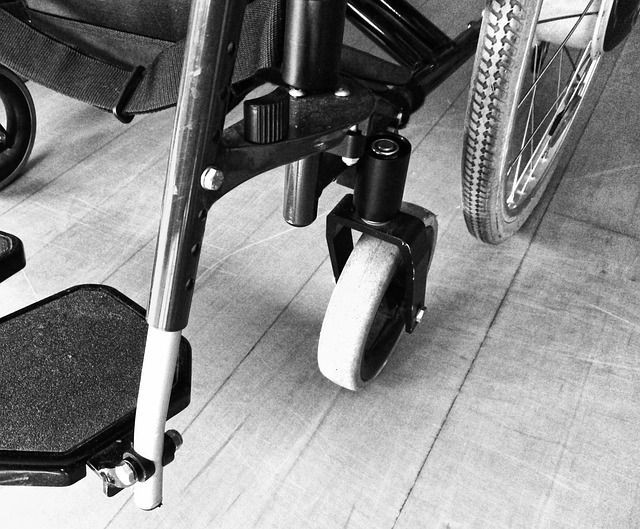Spinal Cord Injuries: Scientists Boost Nerve Cell Regeneration In Mice, Raising Hope For Human Treatment

The moments after sustaining a spinal cord injury can be frightening. The lingering prospect of having no feeling or being unable to move your limbs below the area of injury for the rest of your life is a tough prospect to face. However, scientists revealed in a new study that they've found a method to boost the regeneration of nerve cells in mouse spinal cords, which may have potential to become a treatment for humans with spinal cord injuries and help them avoid transplants or other difficult or risky therapies.
“Spinal cord injuries can be fatal or cause severe disability. Many survivors experience paralysis, reduced quality of life, and enormous financial and emotional burdens,” lead author Dr. Lei-Lei Wang, a postdoctoral researcher in Dr. Zhang’s lab, said in a press release.
The new research builds upon previous work in 2013 and 2014 by Dr. Chun-Li Zhang, at the University of Texas Southwestern Medical Center. He and the team at his laboratory were able to transform adult glial cells into adult nerve cells by transforming the glial cells into stem-like cells, but the number of new nerve cells created was low. Glial cells are important because they give support to the spinal cord’s nerve cells and create scar tissue when an injury occurs in the spinal cord, according to a press release.
To increase the production of new nerve cells, the researchers stopped portions of the p53-p21 protein pathways because they blocked the process of glial cells transforming into the stem-like cells. Next researchers scanned the neurons of mice to determine if there were any growth factors for stem-like cells that could transition into adult neurons. Dr. Zhang said after they identified the growth factors BDNF and Noggin, they were able to create 10 times the amount of new adult nerve cells.
“Silencing the p53-p21 pathway gave rise to progenitor (stem-like) cells, but only a few matured. When the two growth factors were added, the progenitors matured by the tens of thousands,” Dr. Zhang said in a press release. Additionally, Dr. Zhang cautions the research in this study has been conducted only in mice and is in the experimental stages. “Our ability to successfully produce a large population of long-lived and diverse subtypes of new neurons in the adult spinal cord provides a cellular basis for regeneration-based therapy for spinal cord injuries. If borne out by future studies, this strategy would pave the way for using a patient’s own glial cells, thereby avoiding transplants and the need for immunosuppressive therapy,” Dr. Zhang said in a press release.
Spinal cord injuries are classified as either complete or incomplete. A complete injury is when the nerves from below the injury site are prevented from communicating with the brain, whereas in the incomplete injury the spinal cord can send some but not all messages to the brain below the injury site. In the United States, 12,000 spinal cord injuries occur each year, with over 250,000 Americans currently living with a spinal cord injury according to the National Institute of Neurological Disorders and Stroke.
Published by Medicaldaily.com



























